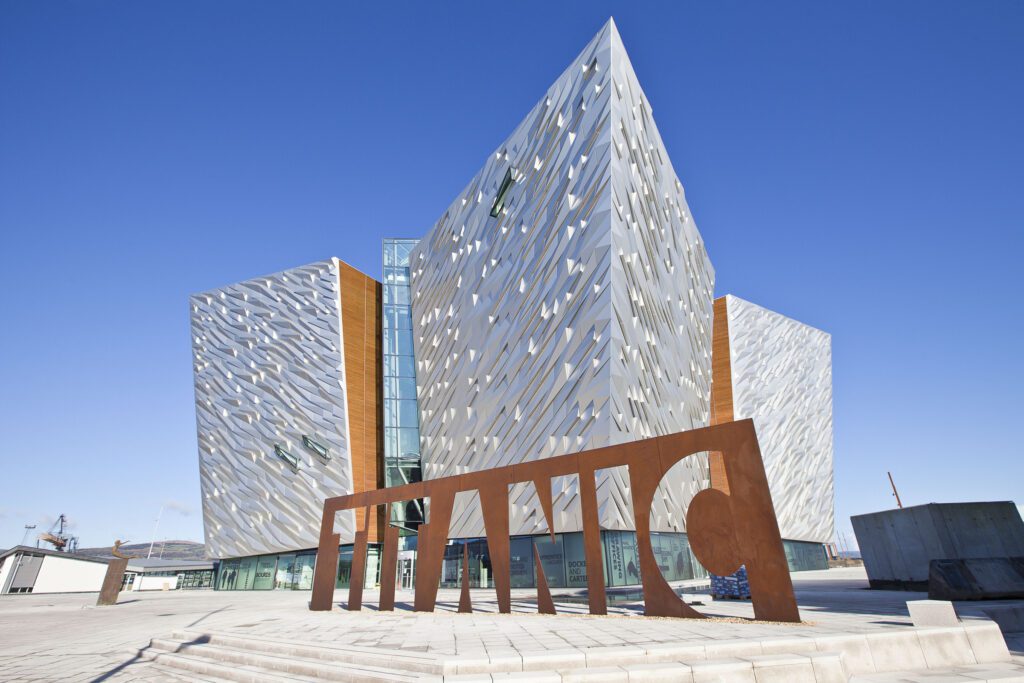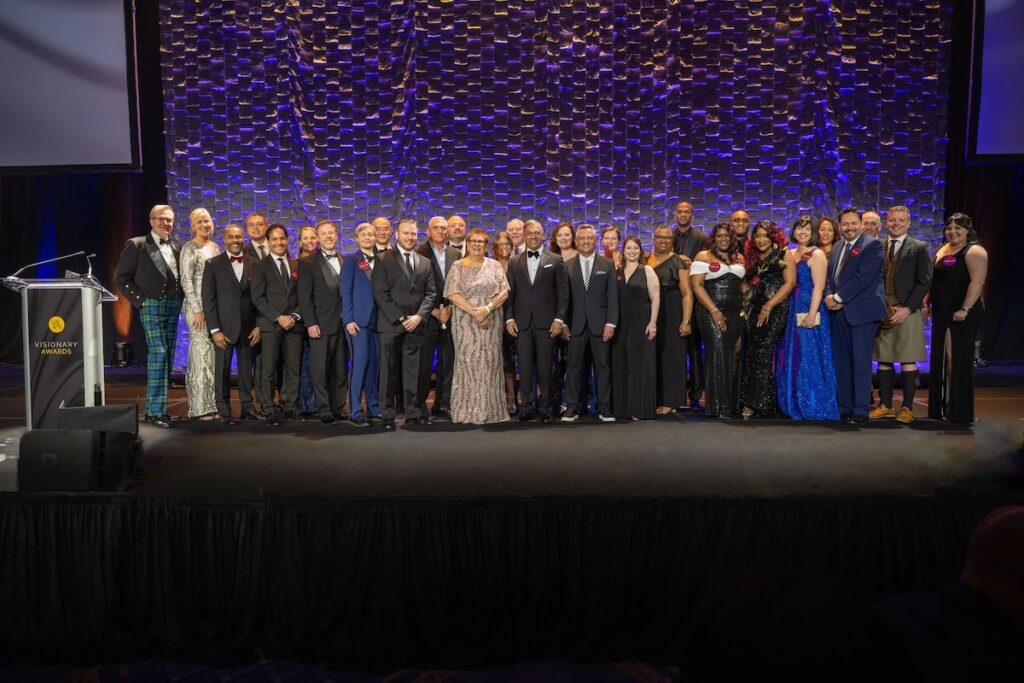10 Tips and Takeaways from the Brands at EMS 2022
Insights on purpose-led programs, stepping up sustainability and function over ‘cool’ factor when it comes to tech
More than 30 brand-side experiential marketers took the stage at the 20th annual Experiential Marketing Summit, MGM Grand in Las Vegas over the spring, presenting best practices on a range of topics, from hybrid strategies to career and mentorship to building multi-year campaign platforms.
Despite the progress made in the return to in-person, event marketers are facing a new set of challenges related to meeting the expectations of changed audiences and fighting the urge to return to the status quo of pre-pandemic programming. Check out some of the top takeaways from EMS below, and read our full show recap with insights from our biggest keynote lineup yet here.
 You Might Also Like:
You Might Also Like:
1. Disrupt or be disrupted.
Like the greater business world, the industry is in another period of disruption and with that comes opportunity—if you seize it. As Bell Flight puts it: “The rule of the disruptive cycle is simple: Move or be moved. Disrupt or be disrupted.”
2. Embrace corporate-wide event strategies.
Event budgets are rebounding, particularly for brands with company-wide event strategies closely aligned with other marketing and corporate goals. Those organizations are reaping the benefits of streamlining, according to research from Opus. Case in point: 58 percent of brands with a company-wide event strategy say their budgets this year have increased compared to 39 percent that do not have the same level of integrated strategy.
3. Don’t erase the past years.
As Complex Networks proved with the pivot of its flagship event from live to digital and back to live, brands can achieve reach and foster community engagement in person by merging the right digital tools with IRL experiences. Case in point: during its return to live, the brand planted beacons on the show floor that, when scanned on Snapchat, showcased an AR version of its virtual event, ComplexLand.
4. Actionable goals inspire longevity.
Michelob Ultra’s five-year-old Movement Live fitness platform was built like a workout routine with set goals designed to ensure its longevity: the brand found its style, warmed up to consistency, built endurance and now consistently changes things up to keep the experience fresh and exciting. “You have to have platform goals, and that plan is your path to longevity,” said Arielle Swanson, director-experiential at Michelob Ultra. “Plans change and that’s OK—the important part is to have them.”
5. Hyper-target markets.
If you want to connect with your most engaged audiences, you have to meet them where they physically are. Pre-pandemic, beauty subscription service Ipsy primarily hosted events in Los Angeles and New York City simply because they’re major hubs. Now, the brand analyzes data to take its experiences to locations in the middle of the U.S. where it has the highest concentration of members or potential members.

Ipsy drove home the importance of hyper-local targeting and meeting audiences where they physically are.
6. Create unifying experiences.
Brands like Intel are designing events for hybrid and finding ways to unify the experience for both audiences. Victor Torregroza, events and experiences program manager, Intel Corp.’s tips: Provide digital-first, ungated access to some content, in addition to exclusive VIP virtual content; record and broadcast tech experiences; geek out; always seek to measure; and capture and share the stories of joy and learning.
7. Gen Z is craving consistency.
In the wake of the pandemic, Gen Z consumers feel school community and peer support is integral to their success and well-being, an insight that guided Xfinity Comcast’s HBCU Tour. And while Gen Zers are discerning, they’re open to brands engaging with their communities if they add value and support and reflect the group’s core principles, chief among them being inclusivity. Hot tip: Eliminate the “one-and-done” approach and show up on-site consistently, not just once a year, to prove you’re the real deal.
8. Test, test, test—and learn.
Yahoo is among brands taking bold steps to transform their portfolios, including shifting certain events that went virtual during the pandemic to permanently virtual. But the brand is also experimenting, as it did in XR with a virtual escape room experience created for customers. The team’s biggest lesson learned: Don’t sacrifice function for “cool” when leveraging XR.
9. Sustainability goals.
The brand’s that are most successful in making strides in sustainability are those that are setting specific goals. Cisco’s sustainability strategy includes extensive goal-setting and deal-breakers, like designing to reduce waste by a specific percentage. The key, says Desiree Hamilton, leader-global events, sales and event operations at Cisco, is to clarify those goals early; incorporate them into the creative brief; relay expectations to the venue; and collaborate with partners who can help lead new initiatives that can, ultimately, inspire change across the industry.
10. Careers as jungle gyms.
Event marketers have been through the wringer, and on a mentor panel, Katrina Kent, vp-meeting management and event strategy, Liberty Mutual Insurance, described the expectation that careers are “up and down” journeys. “We talk so much nowadays about careers as jungle gyms instead of ladders. I believe that’s true,” she said. “The things that have helped me through various transitions have really been when I’ve been able to focus on the translatable skills and being able to see opportunities where maybe I would not have naturally looked.”
This article was originally published in spring 2022 and is updated periodically
Mark your calendars for the 2023 Experiential Marketing Summit, May 9-11, at Caesars Palace Las Vegas.
The post 10 Tips and Takeaways from the Brands at EMS 2022 appeared first on Event Marketer.
Source : https://www.eventmarketer.com/article/tips-takeaways-20th-annual-experiential-marketing-summit/








